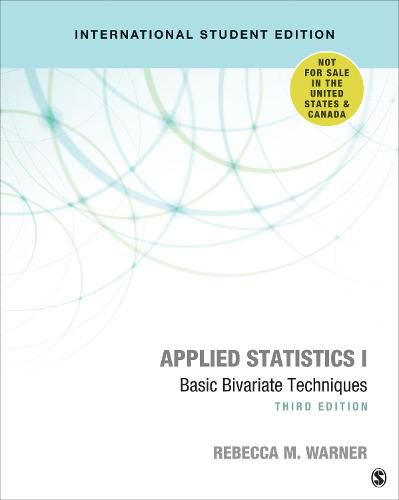Readings Newsletter
Become a Readings Member to make your shopping experience even easier.
Sign in or sign up for free!
You’re not far away from qualifying for FREE standard shipping within Australia
You’ve qualified for FREE standard shipping within Australia
The cart is loading…






Applied Statistics I: Basic Bivariate Techniques spends less time on statistical significance testing, and moves in the direction of the new statistics by focusing more on confidence intervals and effect size. Instructors of upper undergraduate or beginning graduate level courses will find that the greater focus on basic concepts such as partition of variance and effect size is more useful to students, particularly as preparation for more advanced courses. Spending less time on statistical significance testing allows for more time to be devoted to more interesting and useful statistics that students will see in journal articles (such as correlation and regression). The author includes examples in SPSS, together with datasets on an accompanying website. A companion study guide reproducing the exercises and examples in R will also be available.
$9.00 standard shipping within Australia
FREE standard shipping within Australia for orders over $100.00
Express & International shipping calculated at checkout
Applied Statistics I: Basic Bivariate Techniques spends less time on statistical significance testing, and moves in the direction of the new statistics by focusing more on confidence intervals and effect size. Instructors of upper undergraduate or beginning graduate level courses will find that the greater focus on basic concepts such as partition of variance and effect size is more useful to students, particularly as preparation for more advanced courses. Spending less time on statistical significance testing allows for more time to be devoted to more interesting and useful statistics that students will see in journal articles (such as correlation and regression). The author includes examples in SPSS, together with datasets on an accompanying website. A companion study guide reproducing the exercises and examples in R will also be available.